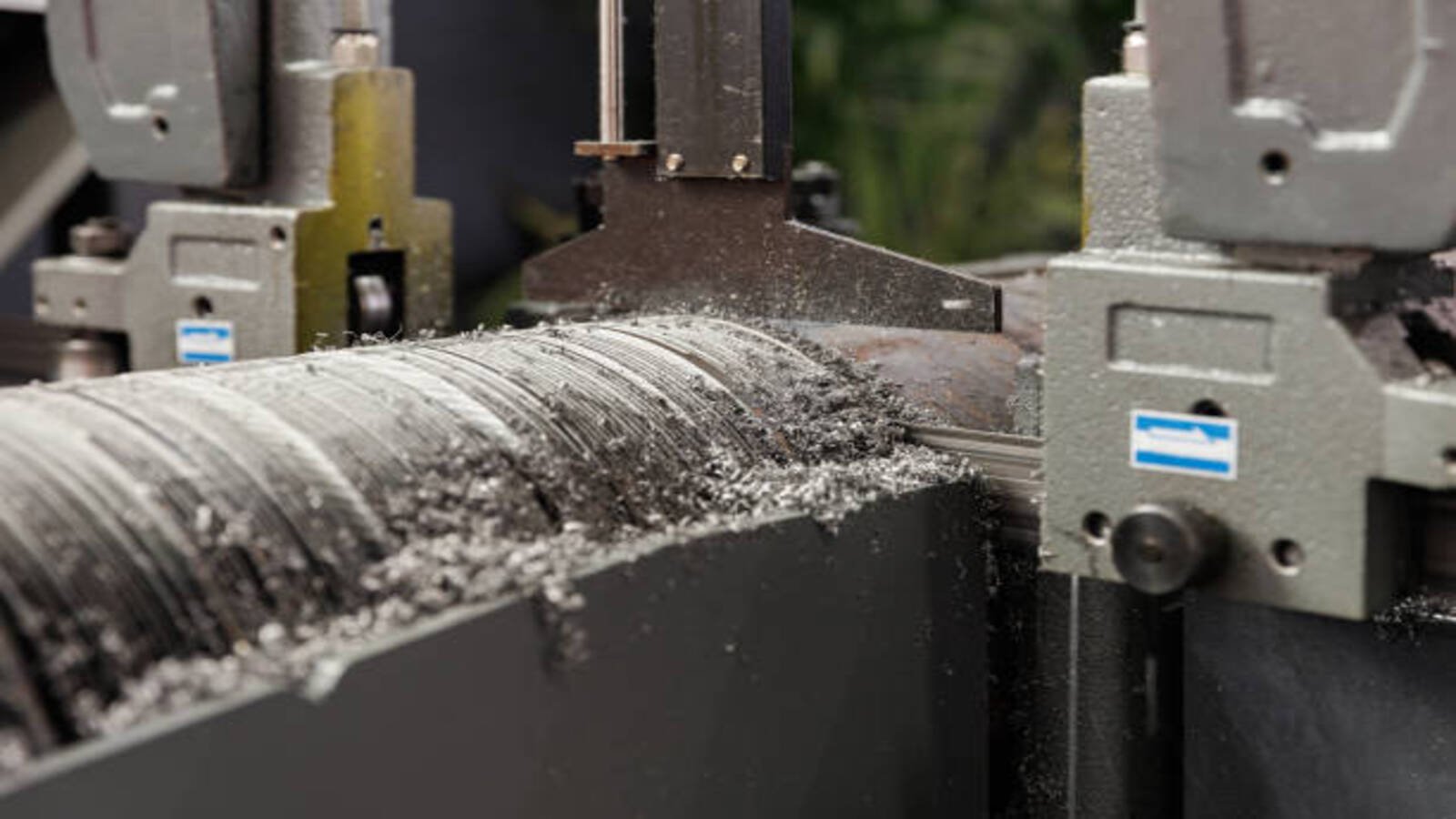CNC machining trends in metal processing: New Techniques and Technologies
CNC machining plays an important role in metal processing, as it allows for precise, accurate, and repeatable fabrication. As technology advances, new techniques are being developed that are improving the efficiency, quality, and flexibility of CNC machining in metal processing. In this article, we will explore some of the latest trends in CNC machining that are transforming the metal processing industry.
1. Automation and Robotics
One of the biggest trends in CNC machining is the use of automation and robotics. Advances in technology have made it possible to automate many aspects of the CNC machining process, including loading and unloading materials, changing tools, and inspecting parts. This has led to increased efficiency, reduced labor costs, and improved quality control. Robots are also being used to perform more complex tasks, such as deburring and polishing, that were previously done by hand.
2. Multitasking Machines
Another trend in CNC machining is the development of multitasking machines, which can perform multiple operations in a single setup. For example, a machine may be able to drill, mill, turn, and thread a part all in one operation. This not only saves time but also reduces the number of setups required, which improves accuracy and reduces error. Multitasking machines are also more flexible, as they can be programmed to perform different operations on different parts.
3. Hybrid Machines
Hybrid machines combine additive manufacturing and subtractive manufacturing in a single setup, allowing for greater design freedom and more efficient production. For example, a machine may be able to 3D print a part and then use CNC machining to finish it. This approach allows for complex geometries and internal structures that would be difficult or impossible to achieve with traditional CNC machining.
4. Smart Manufacturing
Smart manufacturing is a trend that is sweeping many industries, and CNC machining is no exception. Smart manufacturing involves the use of sensors, analytics, and connectivity to improve the efficiency, productivity, and quality of manufacturing processes. CNC machines can be equipped with sensors that monitor variables such as temperature, vibration, and tool wear. This data can be analyzed to identify patterns and optimize the machining process.
5. Virtual Reality
Virtual reality is being used in many industries for design and prototyping, and it is also making its way into the world of CNC machining. Virtual reality can be used to create a 3D model of a part, which can then be imported into a CNC machine for fabrication. This approach allows for greater accuracy and reduces the risk of errors resulting from human input.
6. Data Management
Data management is becoming increasingly important in CNC machining, as the amount of data generated by machines and sensors continues to grow. Efficient data management can lead to faster decision-making and better understanding of the machining process. This includes both data storage and analysis, as well as the development of predictive models and algorithms.
7. Tooling Technologies
New tooling technologies are emerging that are improving the quality and speed of CNC machining. For example, ultrasonic machining uses high-frequency vibrations to remove material, which can result in faster cutting speeds and smoother finishes. Other developments include hybrid cutters that combine the benefits of both carbide and diamond tooling, and coatings that reduce friction and wear.
8. 5-Axis Machining
5-axis machining is a technique that allows for greater flexibility and precision in CNC machining. With 5-axis machining, the cutting tool can be moved in five different directions, allowing for complex shapes and angles to be machined. This technique is particularly useful in the aerospace, medical, and automotive industries, where complex parts are common.
9. Sustainability
Sustainability is becoming an increasingly important issue in manufacturing, and CNC machining is no exception. New technologies are being developed that allow for more sustainable practices, such as reducing material waste and using renewable energy sources. Additionally, CNC machining is inherently more sustainable than traditional manufacturing methods, as it produces less scrap material and uses less energy.
10. Education and Training
The final trend we will discuss is the importance of education and training in CNC machining. With the development of new technologies and techniques, it is important for machinists to keep their skills and knowledge up-to-date. This includes not only technical skills but also soft skills such as communication, problem-solving, and collaboration. Additionally, the industry is facing a shortage of skilled workers, making education and training critical for the future of metal processing.

